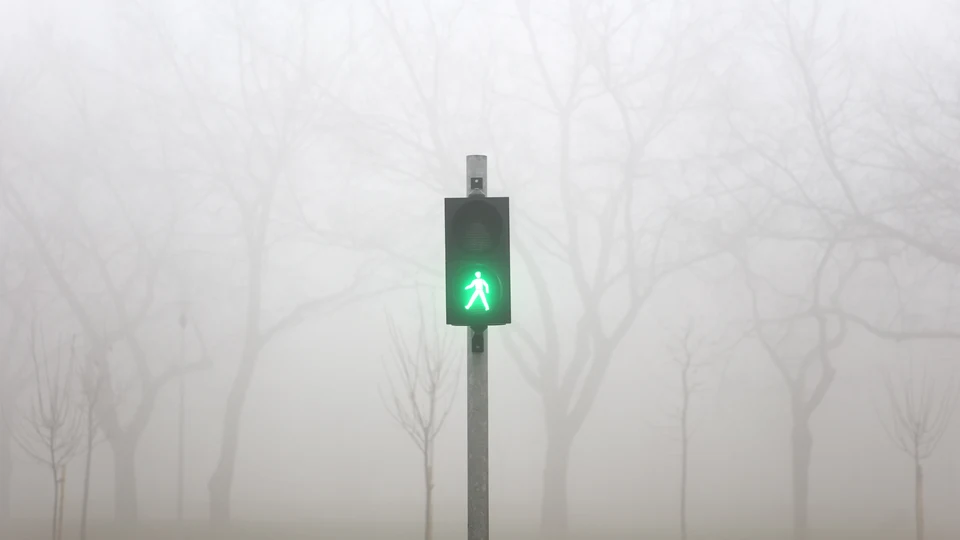Topics RS5C

Topics for the Road Safety on Five Continents, RS5C conference.
The Safe System approach, also referred to as Vision Zero, recognises that road transport is a complex system where road users, vehicles and infrastructure must interact to achieve a high level of safety. To achieve continuous progress in road safety through the application of the Safe System approach, relevant actions triggered by well-organised strategic safety plans are crucial, but these plans also require recognition of the complexity and multiplicity of crash causations, which underpin a holistic approach to road safety management. This topic focuses on the safe-system approach, road safety plans, policies, management, and strategies.
To be able to tackle the problem, one needs to know the problem. This topic covers crash analysis of injured and killed road users, research on factors affecting safety performance, innovative methodologies for traffic safety analysis and simulation applied to safety. Papers covering methodological issues, results and theoretical discussions are welcome.
To achieve sustainability in global safety, health and environment, a shift from car traffic towards walking, cycling, micromobility, and public transport is needed. Many countries are experiencing a decrease in fatalities among vehicle occupants, but not among vulnerable road users (VRU) where the situation is not improving or may even be negative. This topic also includes aspects related to achieving a safe system for Powered Two Wheelers (PTWs). Papers covering (not limited to) measures to increase safety, comfort and security for VRU (including PTWs and e-scooters), ITS for VRU, Vulnerable Road Users with special needs. Measures to encourage safe walking and cycling are also welcome.
Vehicle safety technology, automation, ITS applications, and future transport innovations play pivotal roles in enhancing safety. Technology advancements not only prevent crashes but may also significantly reduce injury severity. As we delve deeper into the development and testing of automated vehicles, it becomes imperative to thoroughly investigate the safety implications of in-vehicle safety systems, encompassing both automated and human driver scenarios. Understanding the adaptability of people to these technologies and addressing safety challenges associated with new technologies necessitates extensive research efforts. Additionally, exploring the integration of future transport innovations into existing transportation systems can further transform safety.
Road design is critical in a safe system approach and perhaps the most powerful means for achieving a high level of safety. Infrastructure design needs to accommodate the special needs of all road users and especially vulnerable road users. This topic comprises research on innovative aspects related to design and evaluation of physical and operational characteristics of road infrastructure elements with a focus on ensuring safety for all road users. Crash modification factors for geometric and roadway safety elements fall under this topic as well as turning movement restrictions, and other signing and marking and laws to manage traffic for the purpose of improving safety. But it also includes the need to adapt infrastructure to support the implementation of (for example) automated vehicles.
Improvements in the state-of-the-art regarding the understanding of psychological issues related to road user behaviour is a key factor to enhance road safety performance. Similarly, permanent changes in road user capabilities through age and disabilities can be important for safety and potentially increase the crash severity for these users. This topic welcomes papers focused on the behavioural aspects of road users affecting safety, such as: perception and reaction time, driver´s awareness and motivation, risk perception, visual search, speed perception, car-following and gap acceptance process, short term driver impairments caused by alcohol, illicit/licit drugs, fatigue, sleepiness, stress, and inattention.
Safety investments and improvements may not be made equitably. All socioeconomic groups may not experience transportation in the same way due to differences in risk, behaviours (of others), and exposure. Equity in traffic safety may also consider disparities across road user types like drivers and VRUs, or gender differences.
Recent crises highlight the vulnerability of transport systems to large-scale disruptions. The transport sector anticipates further challenges stemming from climate change, as well as potential anthropocentric and natural events, both on global and local scales. This topic invites contributions exploring road safety and resilience in transportation systems. We encourage research on topics including assessing road network resilience, mitigation strategies, global impact analysis, case studies, technological innovations, policy frameworks, and community engagement.
If you are interested in organising a Special Session, please contact the chair of the Scientific Committee, Associate Professor Anna Vadeby at:
